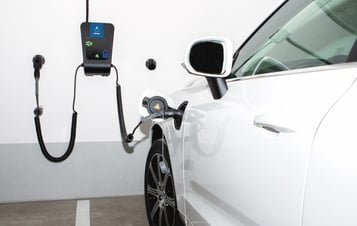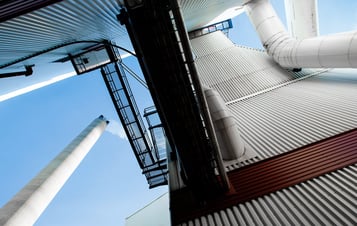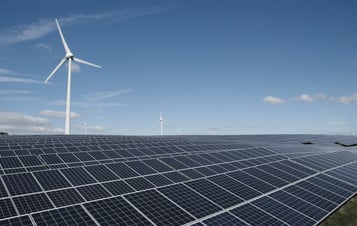Climate change
Vattenfall is aiming to be a leader in the climate transition by enabling fossil freedom as a profitable energy business. This means aligning and adapting our business in accordance with what is required to limit global warming to 1.5 °C in line with the Paris Agreement.
For Vattenfall, this requires a dual approach of decarbonising our own operations and supply chain, while simultaneously investing in solutions for a fossil-free energy system.
Vattenfall’s transition plan is based on:
- Securing a fossil-free energy supply
- Connecting and optimising the energy system
- Driving decarbonisation with our customers and partners

Climate transition plan
At Vattenfall, our goal is to help society break free from its dependency on fossil fuels, and we are committed to building a future where everyone can choose fossil-free ways to move, make and live.
Targets and metrics
Our emission reduction targets are guided by science and in line with 1.5 °C scenario. The targets have been approved by the Science Based Target initiative.
In short, this means Vattenfall aims to:
- Reduce emissions intensity in our operations by more than 77% by 2030 compared to 2017.
- Reduce absolute emissions from use of sold products from sold fossil fuels 54,6% by 2030 compared to 2017.
- Reduce emission intensity from all sold electricity by 78% by 2030 compared to 2017.
- Reach net-zero by 2040 – which means at least a 90% reduction in absolute emissions across all emission scopes. Any residual emissions will be neutralised by permanently removing CO2 from the atmosphere.
Climate change adaptation
Climate change affects Vattenfall – through physical effects on our assets and operations, for example from extreme weather events, or through changes associated with the transition to a fossil-free society. We are committed to our goal of fossil freedom and have a high focus on adapting to change, as a way to ensure safe operations and security of supply. This also enables us to secure a resilient business and capture future opportunities.
Our focus areas for climate change adaptation are the following:
- Strengthen the long-term perspective in risk identification and assessment.
- Continuously work to strengthen grids and infrastructure to increase preparedness.
- Explicitly include climate change aspects (risks and opportunities) early in decision-making, especially for new investments and asset builds.
Other emissions and pollution
Additionally, to our work to reduce our climate impact, we aim to reduce our NOx, SO2 and dust emissions. Here we strive to minimise impacts via the use of secondary measures such as electrostatic precipitators or filter bags (particulates), flue gas desulphurisation (SO2) and DeNOx (NOx) to clean gas.
Related content
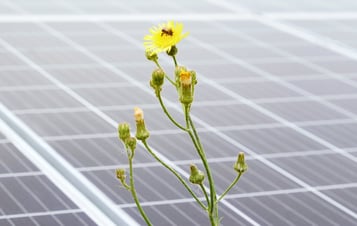
To meet the unprecedented challenges we are facing, acceleration is needed.

Biodiversity and nature protection are a priority at Vattenfall.
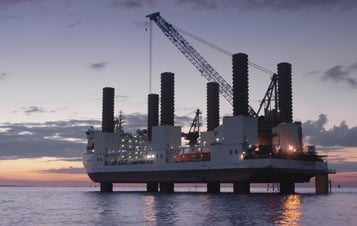
We have an important role in the transition to a circular economy.



